A Study of the Behaviour and Conservation of Manta Rays in the Maldives
2014 - 2019
Dr. Annie Murray
Keywords: Conservation • Maldives • Mobula alfredi • Sustainable Tourism • Wildlife Tourism • Structure • Preferred Associations • Gregariousness • Temporal Atability • Foraging • Group • Position • Leadership • Variation
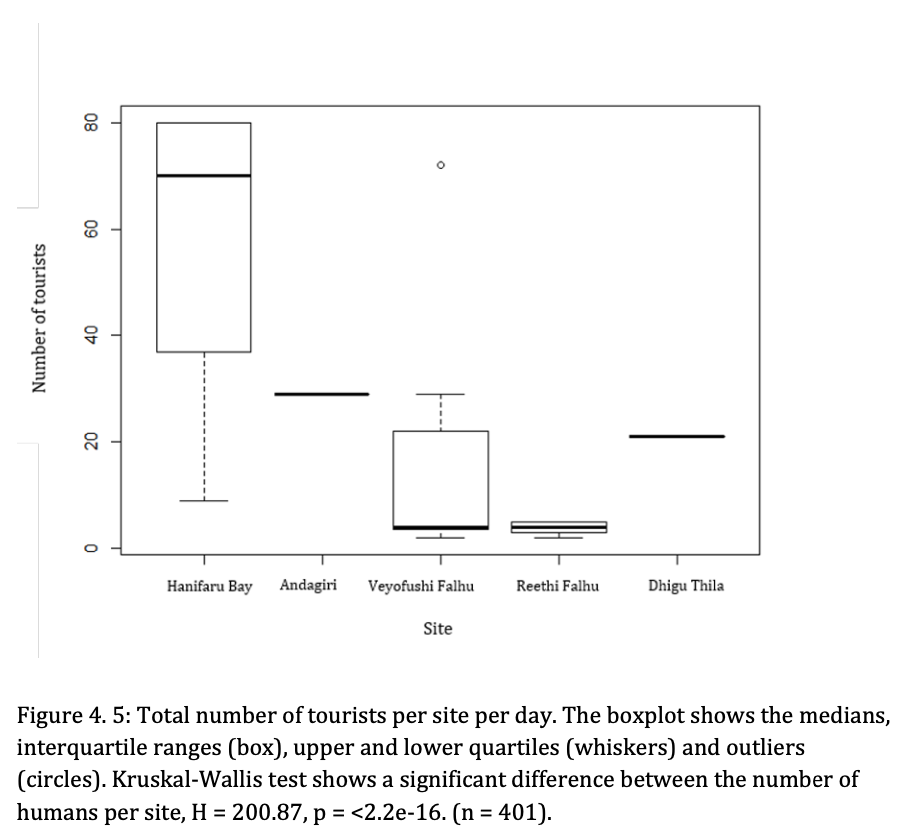
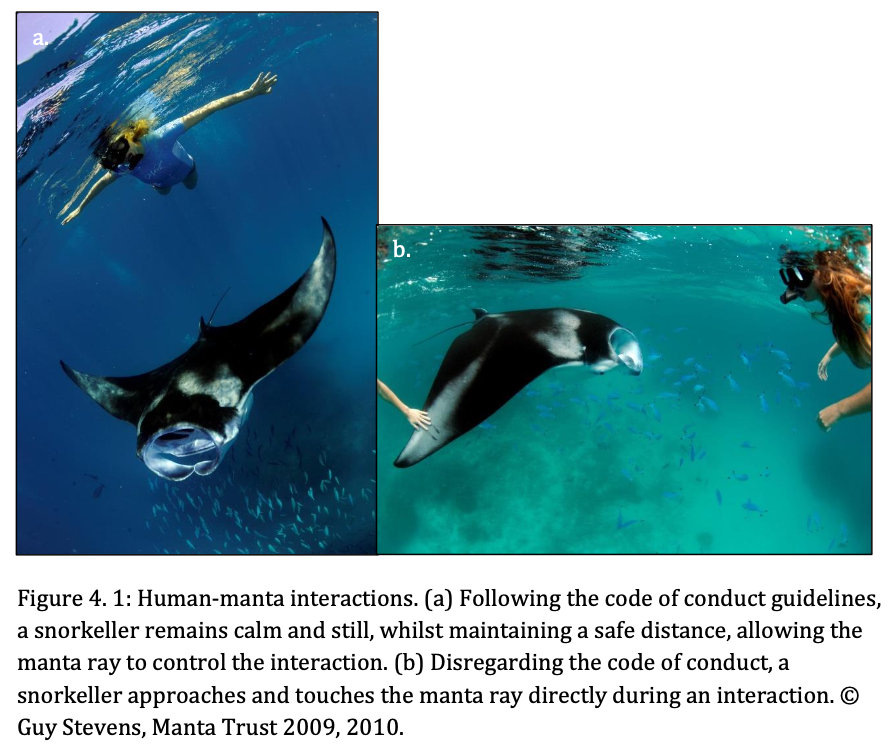
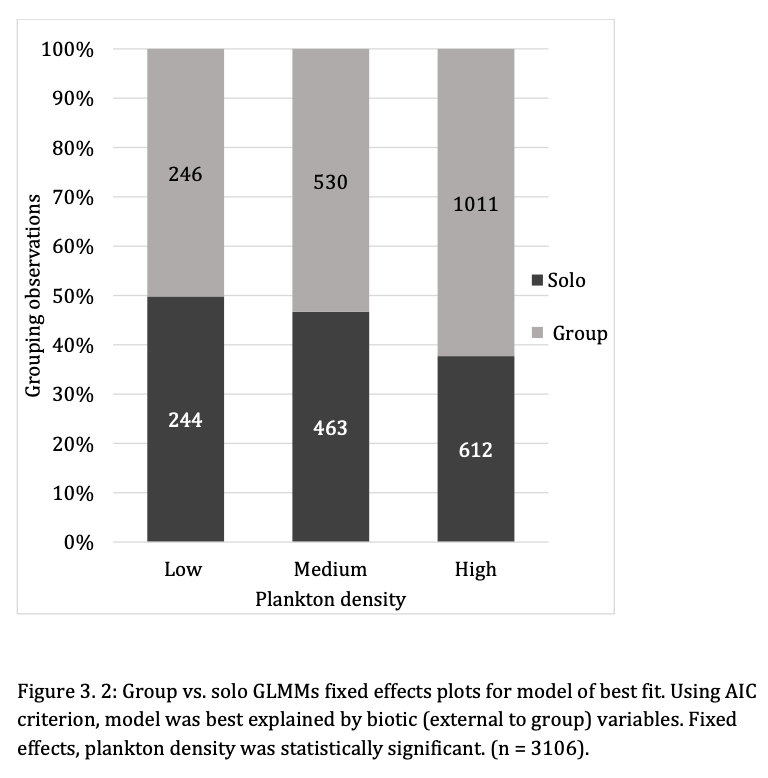
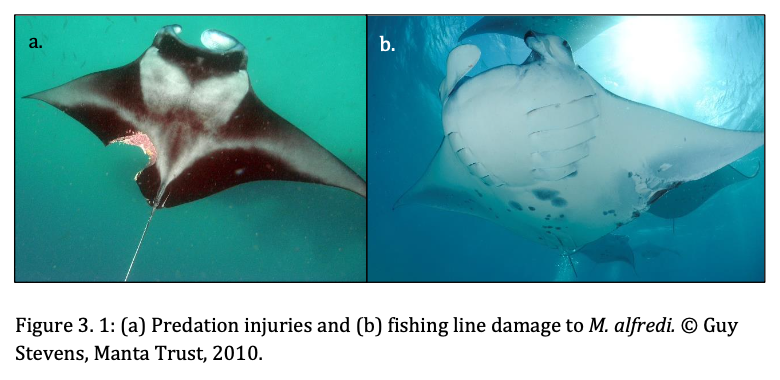
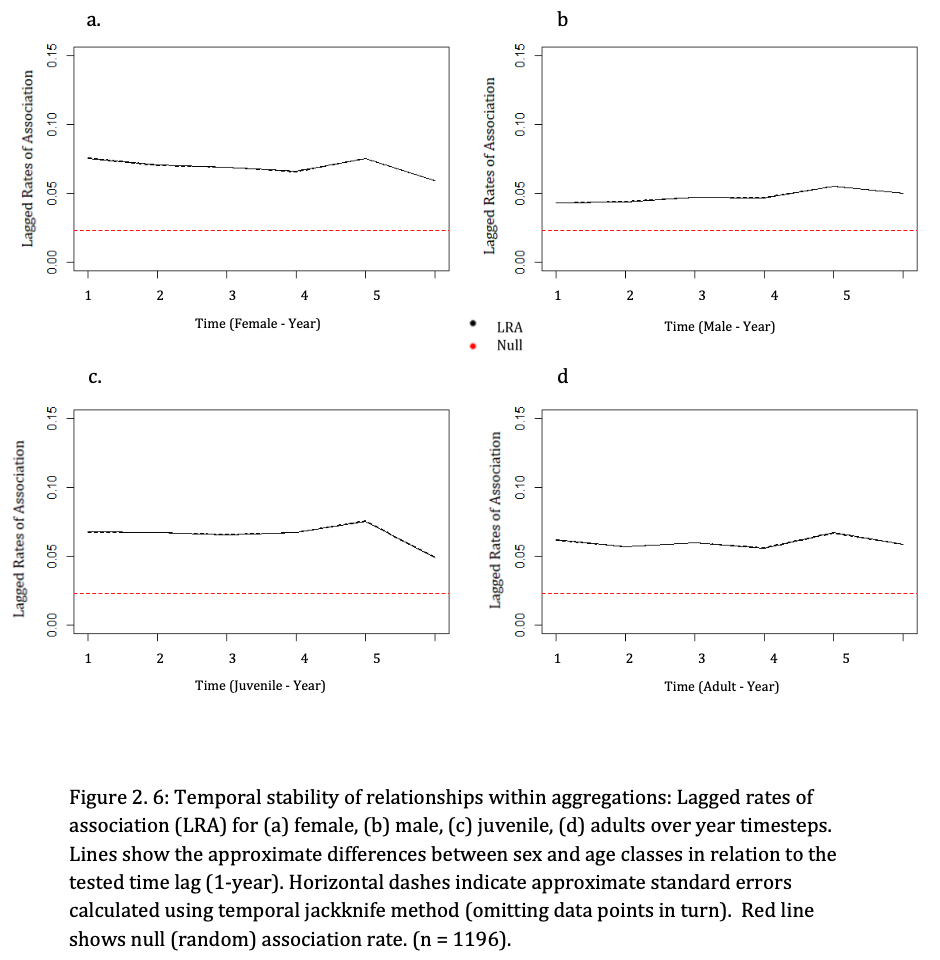
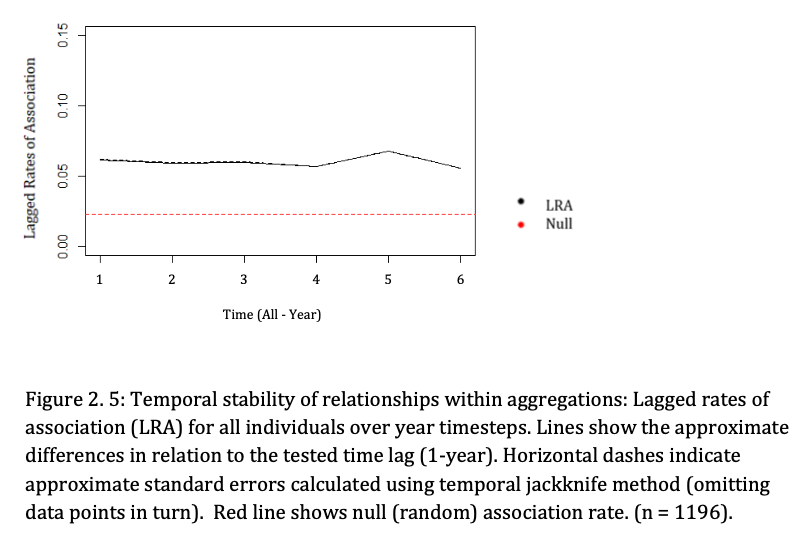
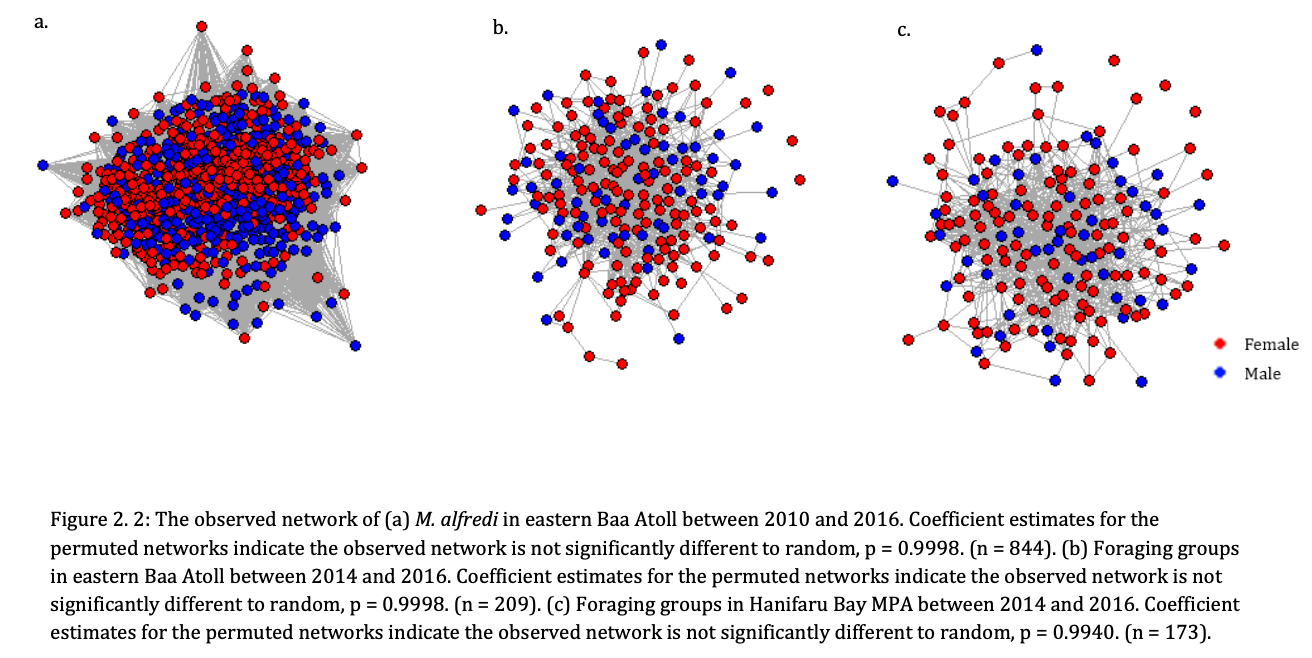

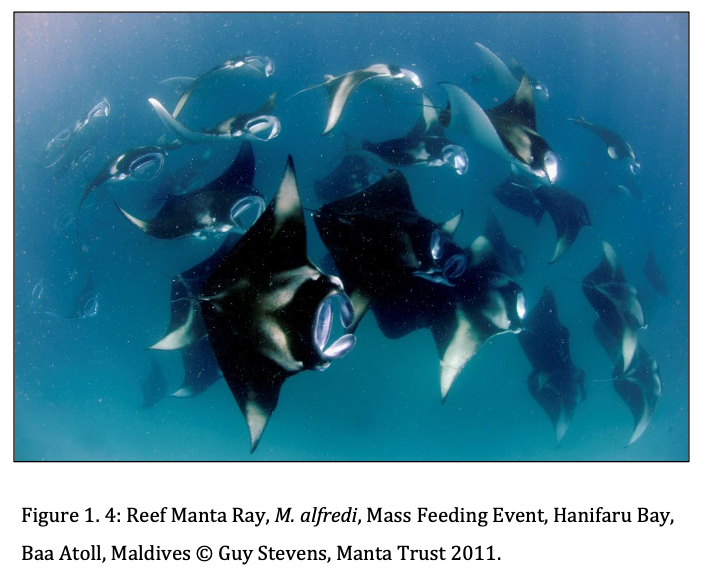


Summary: This study looked at the social structures, foraging behaviour, and the impact of ecotourism on the world's largest recorded population of reef manta rays in the Maldives. This study found no evidence of social structure within the large or fine-scale, and that foraging behaviour was driven primarily by prey dispersal. Individual manta rays were highly flexible in their foraging behaviour, with females more likely to lead foraging groups. The study also found that intrusive human behaviour within 3 meters caused significant changes to foraging behaviour, highlighting the need for a binding code of conduct to protect the species.
Abstract
“This study of the world’s largest recorded population of Reef Manta Rays (Mobula alfredi) uses seven years of photo-ID data and three years of video observations of foraging in the Maldives to investigate social structures at both the large (aggregation) and fine-scale (foraging group), individual foraging flexibility and the impacts of ecotourism management strategies on foraging behaviour.
M. alfredi can be observed aggregating in large numbers, yet little is understood about their social interactions. Using social network analysis, I found no evidence of structure within either the large or fine-scale. Individuals showed no preference in either aggregating or foraging with associates. There was no difference among individuals in gregariousness and dyads exhibited low temporal stability. Aggregations and foraging groupings did not appear to be driven by sociality, but by the dispersal of their ephemeral zooplankton prey, with strong fission-fusion dynamics and loose relationships.
Within aggregations, manta rays have been seen to forage in both groups and solo. I examined whether M. alfredi adopted specific roles within groups and the drivers of group feeding. Using mixed models, I found that individuals were more likely to forage in groups than solo when food availability was high and smaller general aggregations resulted in larger individual foraging groups. Females were more likely to lead foraging aggregations than males. Variance partitioning models showed low among-individual variance in group size, positioning and leadership, showing that individuals were highly flexible in their foraging behaviour.
Although multitudes of tourists interact with M. alfredi annually, few studies have assessed potential disturbance to their natural behaviour. I found significant changes to foraging behaviour resulting from intrusive human behaviours and interactions within 3m. My findings provide a clear evidence-base for the development of a binding code of conduct. This shows that manta rays are behaviourally flexible, with a tolerance to fluctuations in environmental conditions, yet are specifically vulnerable to disruptions to their prey.”
About The Author - Dr. Annie Murray
Annie first fell in love with the ocean as a child and after briefly dabbling in the Arts world, she decided to take a risk, booked a plane ticket, and embarked on a career in the marine world. During her time as a dive instructor, she had her first interaction with manta rays, and everything changed.
She embarked upon a MSc in Marine Environmental Management, where she first got involved in manta research, conducting her MSc research with the Maldives Manta Conservation Programme looking at human-manta interactions. Sparking a keen interest in manta behaviour, this luckily led to Annie completing a PhD studying the conservation and social behaviour of reef manta rays in the Maldives, whilst working as Research Officer in Baa Atoll. Since then, Annie has been involved in some of the Manta Trust affiliate projects including wonderful years project managing the Manta Caribbean Project and supporting the Chagos Manta Ray Project.
Annie officially established the Papua New Guinea Manta Project in 2023. She aims to learn more about this understudied population of manta rays, building on previous research conducted in the region to answer the many questions regarding their population dynamics and population movements, whilst maintaining a strong focus on supporting local researchers and communities.
Read more about this affiliate project: PAPUA NEW GUINEA MANTA PROJECT

